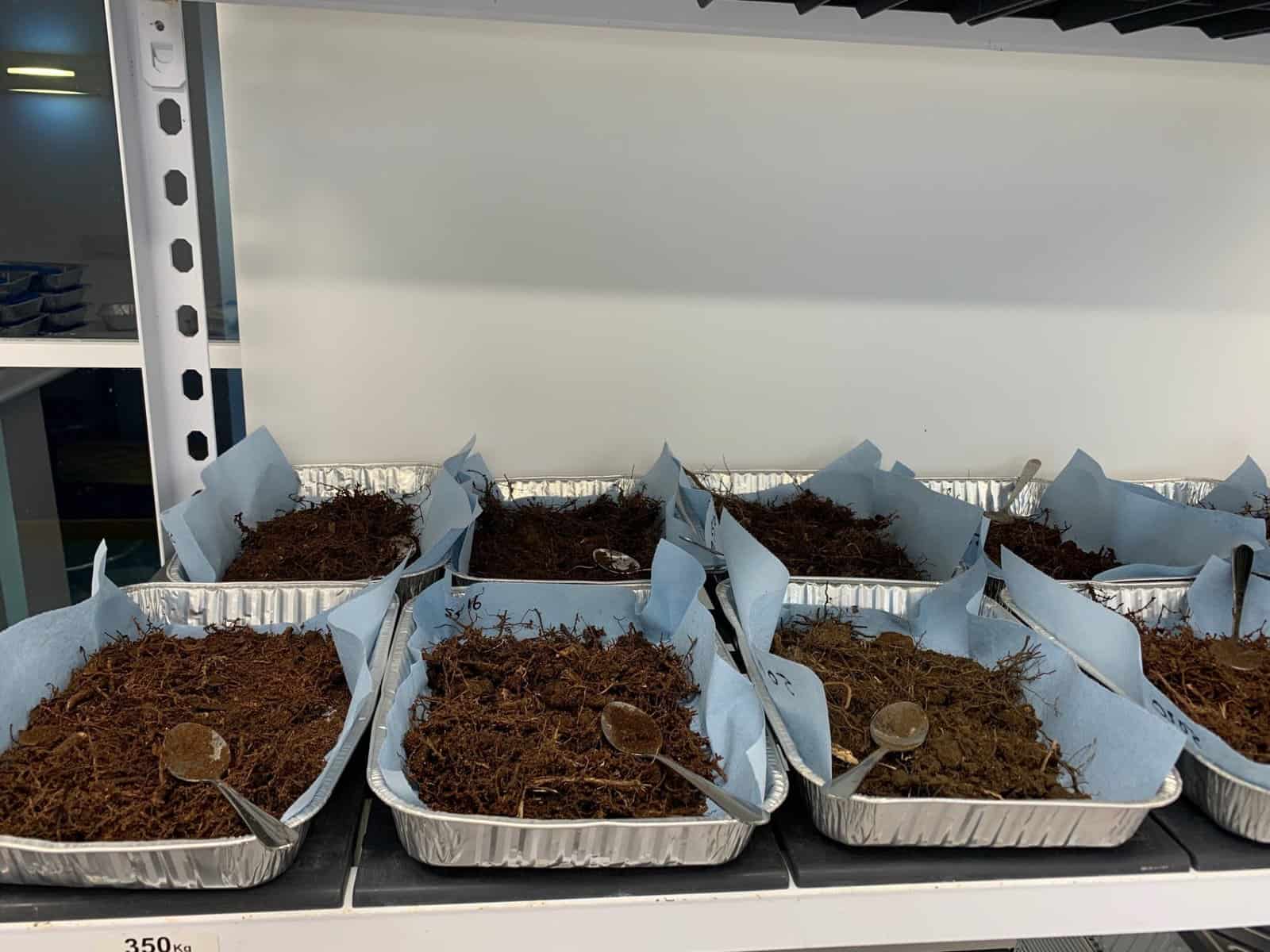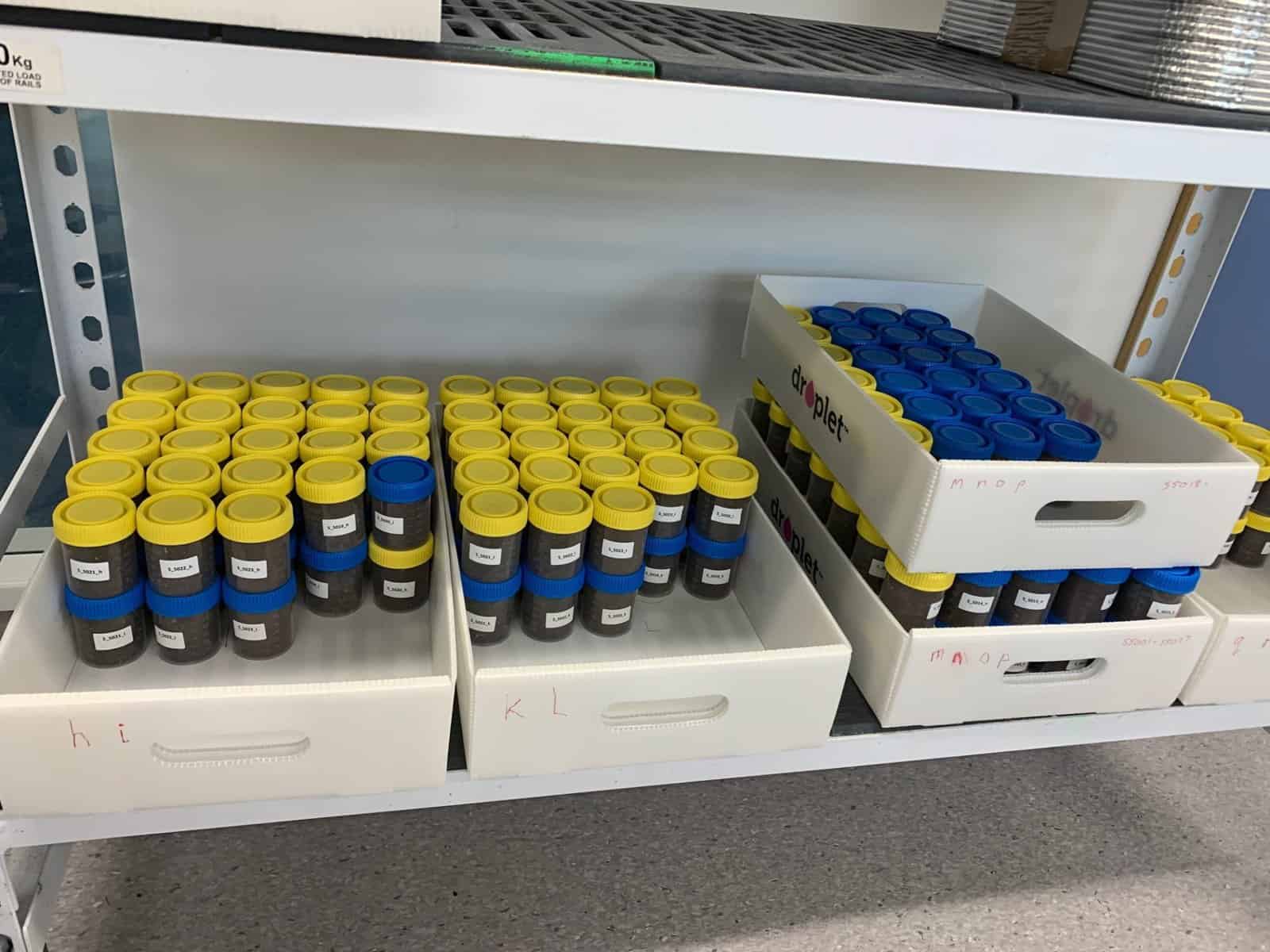This monitoring programme will be the first to look at kauri health in the Waitākere Ranges from an epidemiological perspective, along with analysing soil samples for Phytophthora agathidicida. We got in touch with Nari Williams from Plant and Food Research to learn more.
This surveillance program has been designed by Auckland Council, in partnership with Te Kawerau Ā Maki (the mana whenua), researchers (including various members of Ngā Rākau Taketake), spatial modelers and operational management.
As a part of this programme, up to 3,500 individual kauri trees will be monitored, through looking at the health of the foliage, trunk and surrounding vegetation. There will also be over 800 samples of soil and roots taken, and analysed for presence of P. agathidicida by Plant and Food Research.
“As mana whenua of the Waitakere Ranges, Te Kawerau Ā Maki have expressly requested that the soils be utilised to the best of the collective research capability of the New Zealand research community to inform knowledge on kauri dieback”, says Nari.
As such, the soil samples will be analysed first through the standard diagnostic protocol at Plant and Food Research and then by researchers from the Host, Pathogen & Environment; Risk Assessment & Ecosystem Impacts; and Control, Protect, Cure themes within Ngā Rākau Taketake. These analyses will investigate the chemical, physical and biological properties of the soil, providing information on how these factors could affect pathogen survival, establishment, suppression and spread.



“This is a large team effort being led by Auckland Council which highlights the opportunity for operational management and researchers to work together, more efficiently utilise resources and increase our collective knowledge on the ecology, pathology and management of kauri dieback.”
Also contributing to the programme are researchers from Massey University, Manaaki Whenua – Landcare Research, Victoria University of Wellington, Auckland University of Technology, The University of Auckland and The George Mason Centre for the Natural Environment, with a focus on post-graduate students carrying out a lot of this research.
For those areas in the Waitākere Ranges that are being studied for the first time, this program will provide a better understanding of the extent of kauri dieback disease across the regional park. In the areas that have been studied already, this program will provide the chance to assess how P. agathidicida has spread and how expression of the disease may have changed over time.
This will be the first monitoring programme to provide a comprehensive assessment of the prevalence of kauri dieback disease in the Waitākere Ranges, and will provide essential information for the Council to consider when determining how best to apply management interventions in the regional park in order to protect the health of our iconic kauri. The data provided by this programme, especially in terms of understanding how the pathogen establishes, survives and spreads, will play a vital role in how the disease is managed across the country.